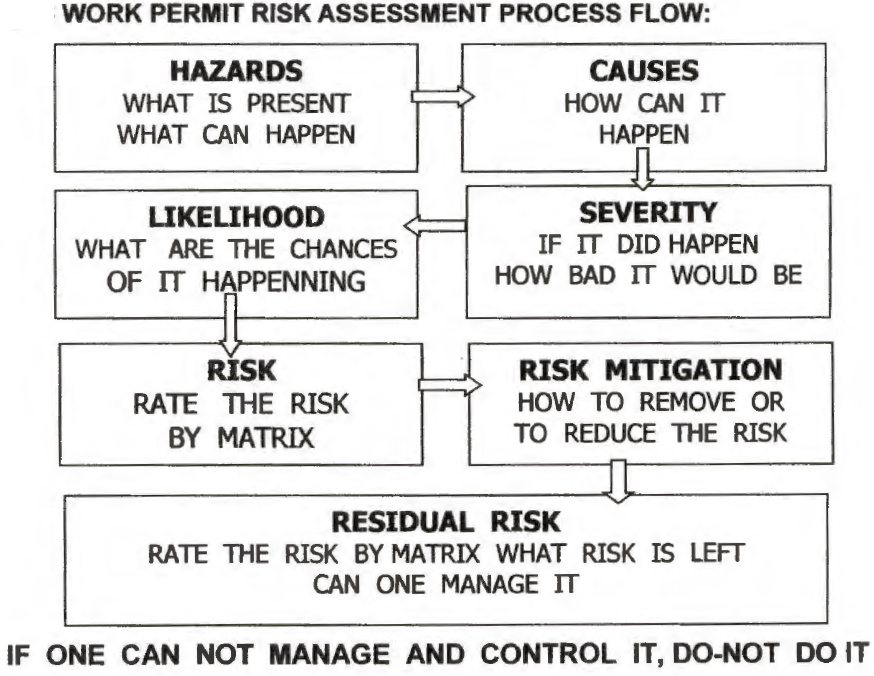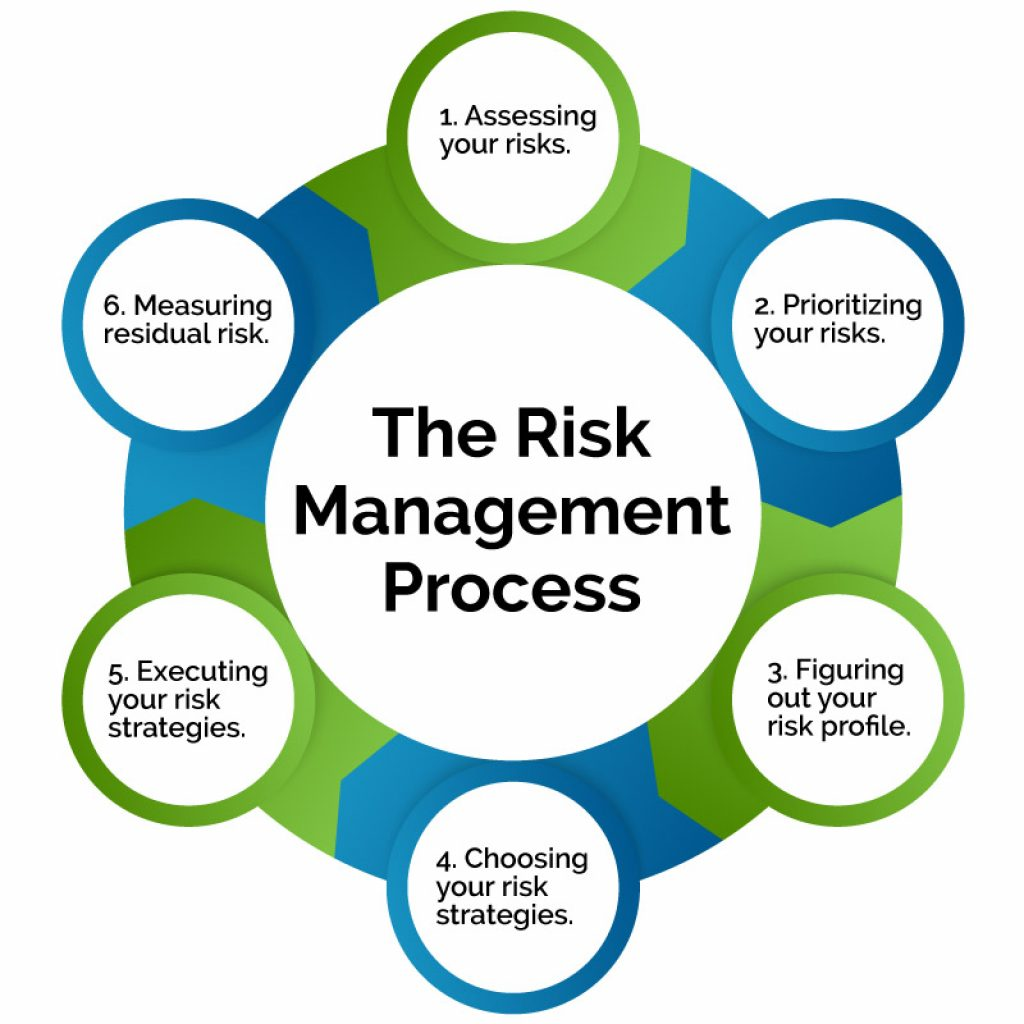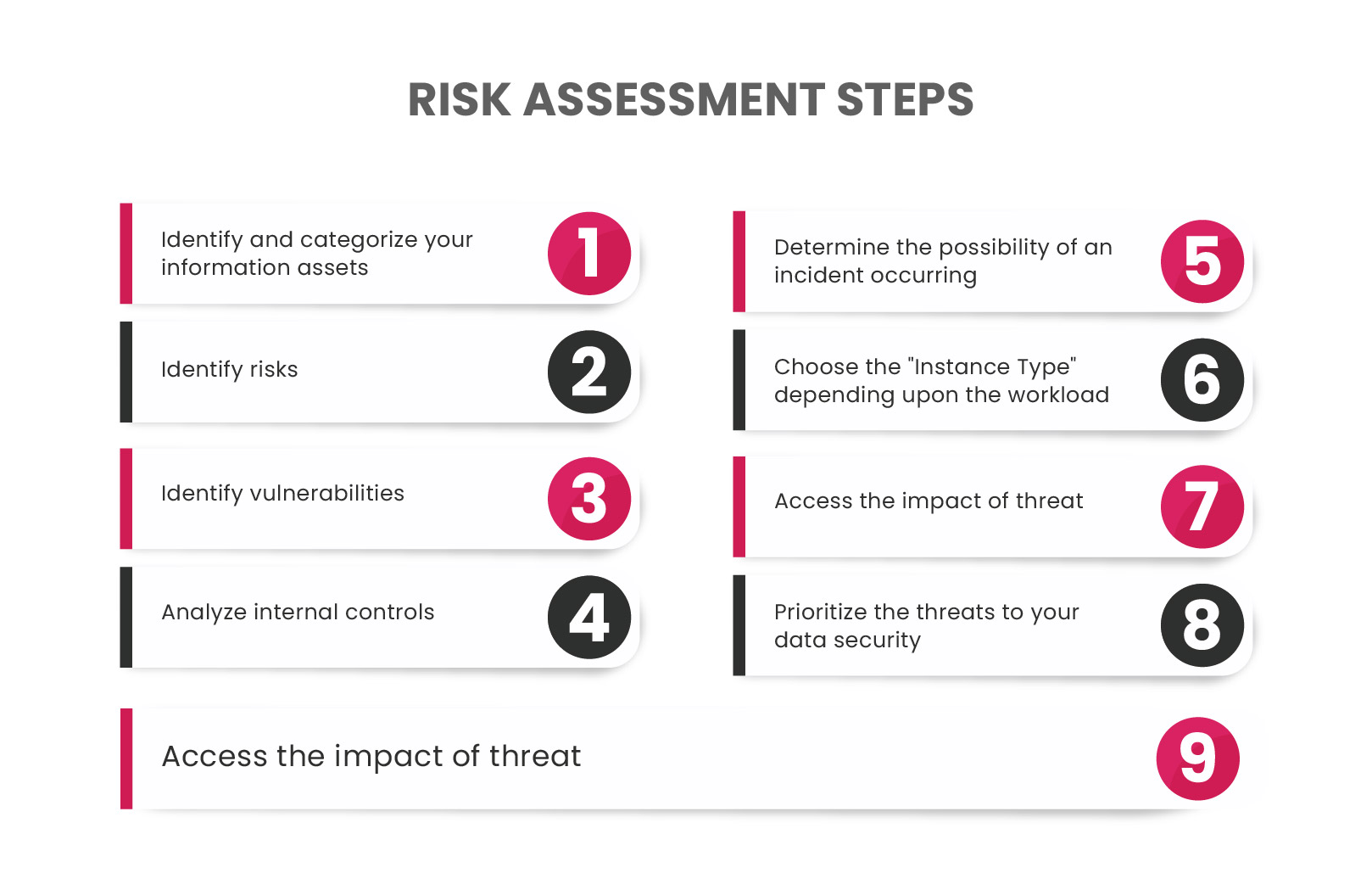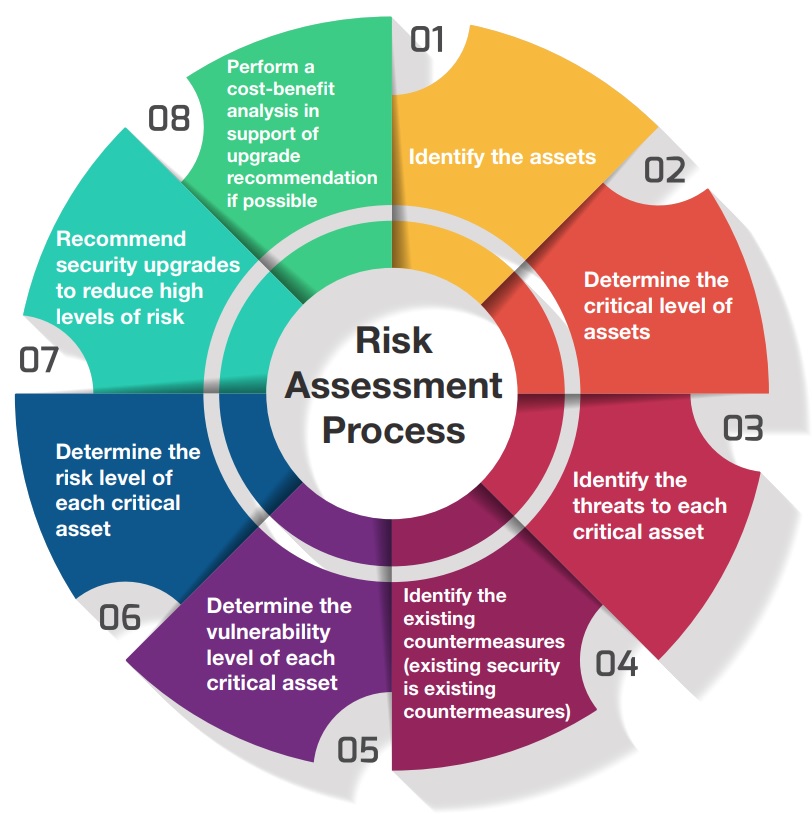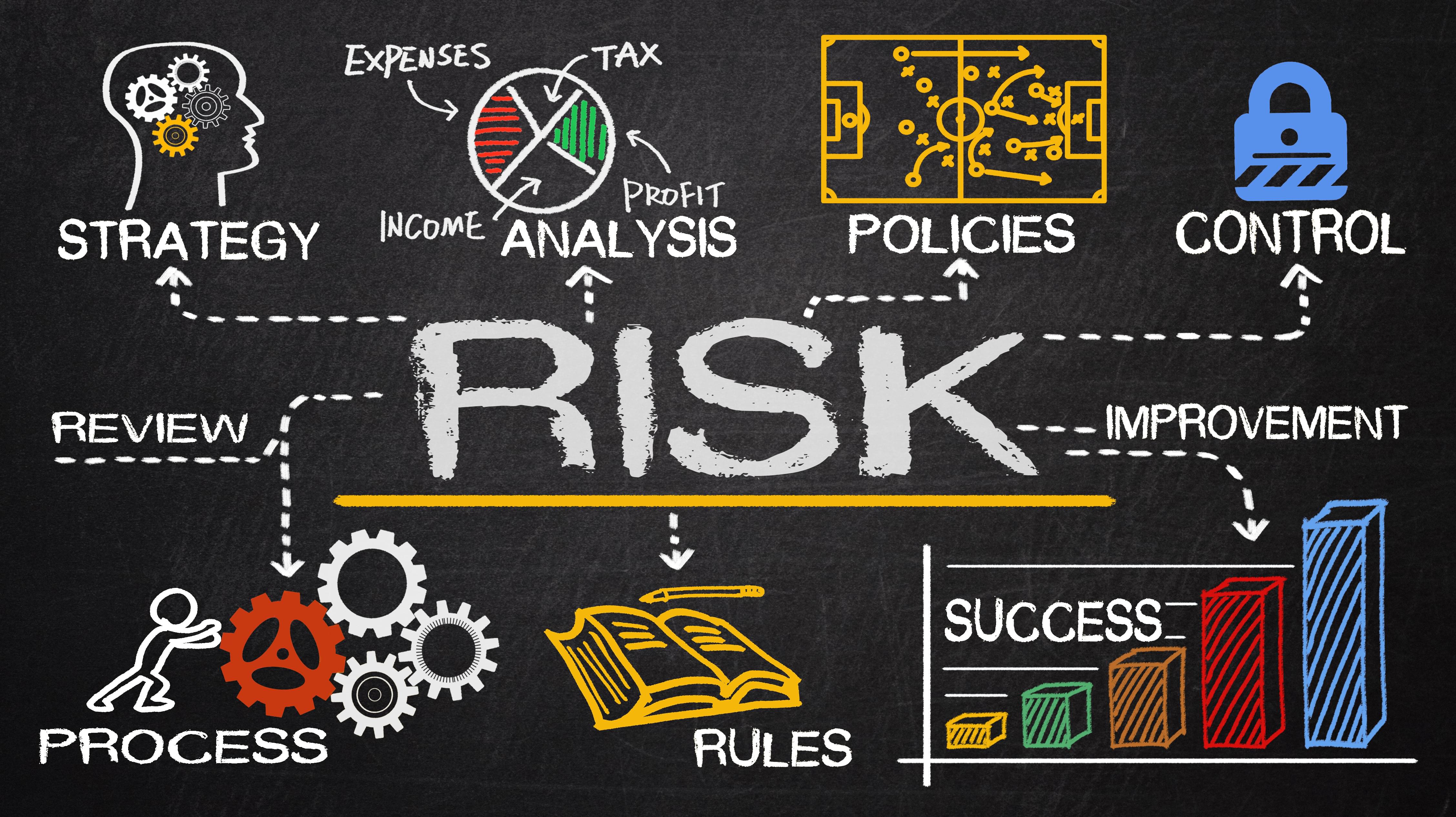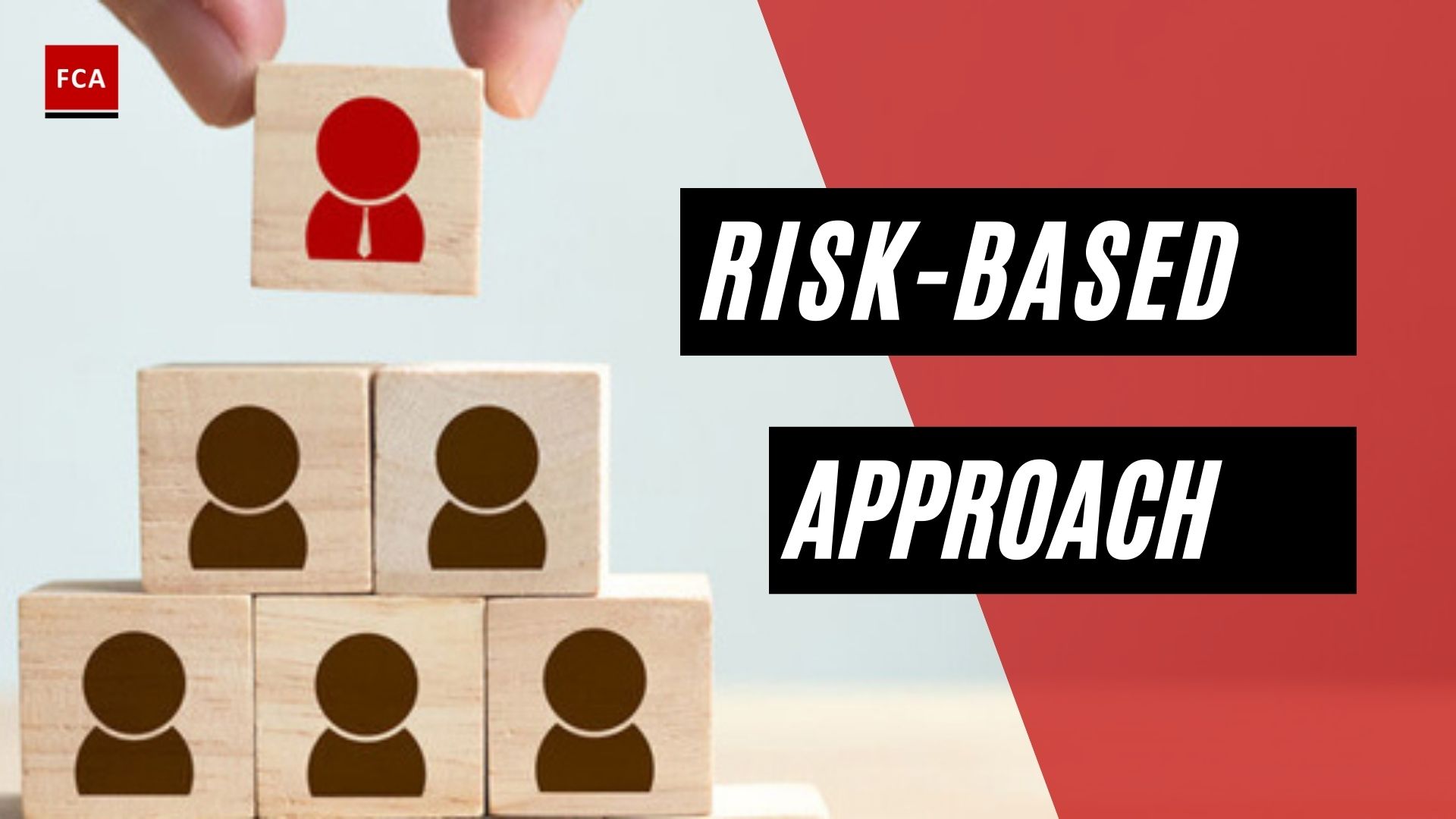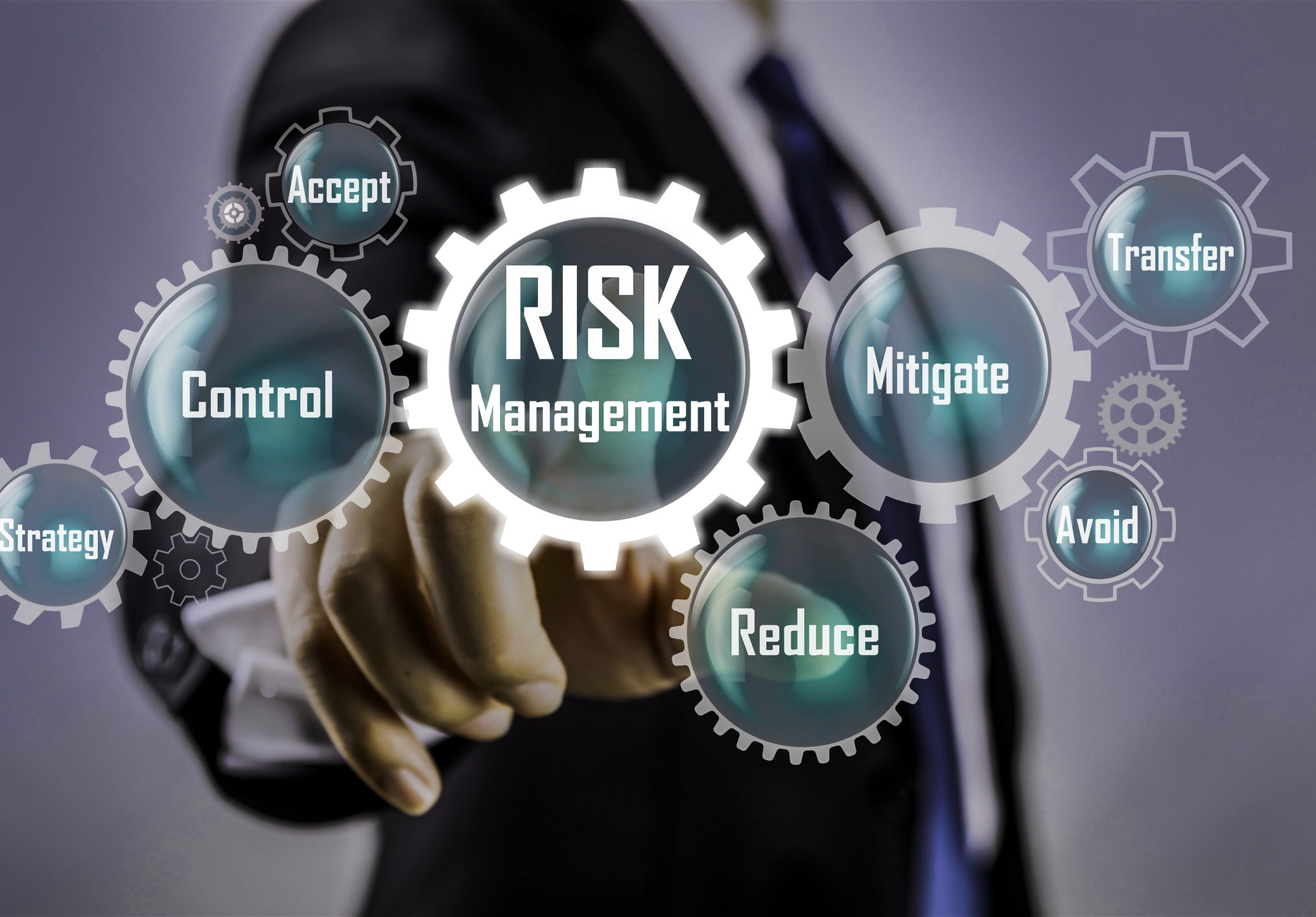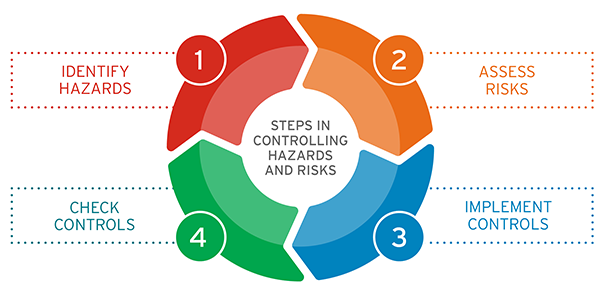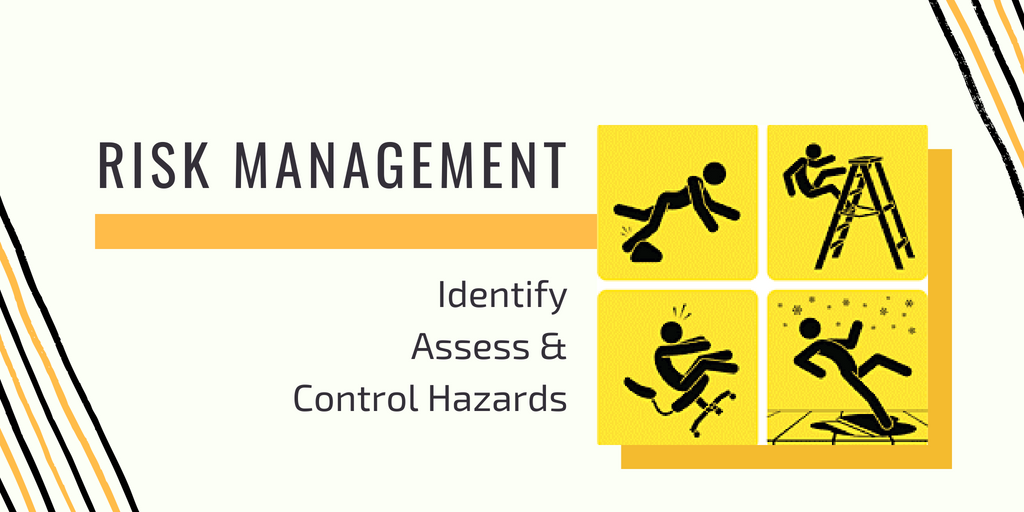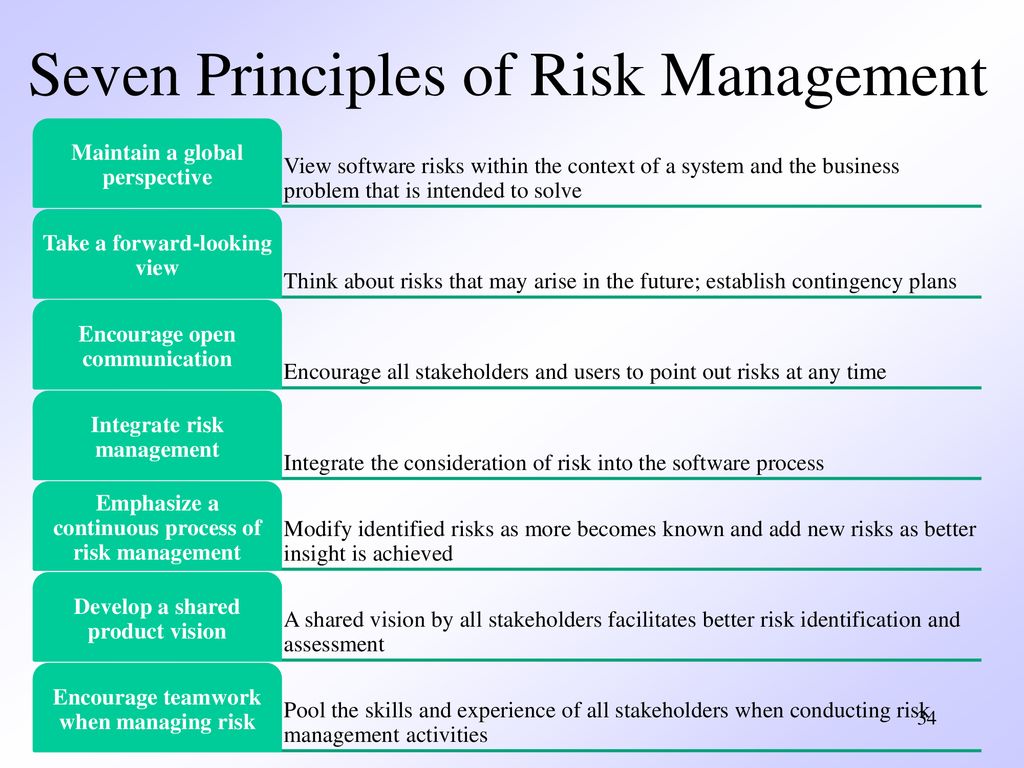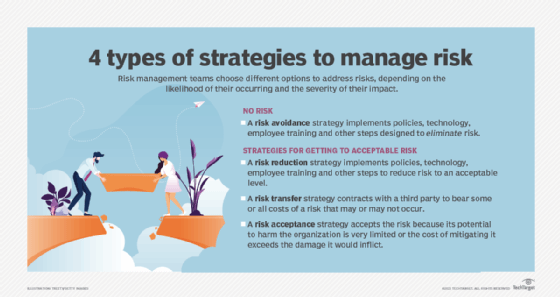Risk Taking Involves Following Appropriate Procedures

For years, the narrative around risk-taking has often leaned towards impulsive leaps and daring gambles. However, a growing body of evidence and a shift in organizational culture are highlighting a different, more nuanced perspective: that true risk-taking involves a deep understanding and adherence to established procedures and protocols.
This revised approach is not about eliminating risk entirely, but rather about mitigating potential downsides and maximizing the chances of success through informed decision-making and meticulous execution. It's about calculated bravery, not reckless abandon.
The Core of Calculated Risk
At its heart, this perspective argues that effective risk-taking is less about defying rules and more about understanding them intimately. It's about knowing the boundaries, the potential pitfalls, and the built-in safeguards that allow for exploration without catastrophic consequences.
Dr. Anya Sharma, a professor of organizational psychology at the University of California, Berkeley, explains, "Risk assessment isn't just a formality; it's the bedrock of intelligent risk-taking. It allows individuals and organizations to identify vulnerabilities, prepare for contingencies, and ultimately, increase the likelihood of achieving desired outcomes."
The Aviation Industry: A Case Study
Perhaps no industry exemplifies this principle more clearly than aviation. Every flight, by its very nature, involves inherent risks.
Yet, the remarkably low accident rate is a testament to the industry's unwavering commitment to procedure. From pre-flight checklists to standardized communication protocols, every step is designed to minimize the margin for error.
Consider the role of pilots. They are often portrayed as daring individuals, but their training emphasizes adherence to established procedures, even in the face of unexpected challenges. They rely on flight manuals, checklists, and air traffic control guidance to navigate complex situations and ensure passenger safety.
The National Transportation Safety Board (NTSB) consistently points to deviations from established procedures as a contributing factor in aviation accidents. This underscores the critical importance of following protocols, even when under pressure.
Benefits Across Sectors
The principle of risk-taking through procedure extends far beyond aviation. In the medical field, surgeons rely on standardized protocols to minimize the risk of complications during complex operations.
Engineers adhere to strict design standards and safety regulations to ensure the structural integrity of bridges and buildings. Financial institutions implement risk management frameworks to protect against fraud and market volatility.
Even in seemingly less regulated environments like startups, the most successful ventures often have well-defined processes for product development, marketing, and customer service. These procedures, while not always rigid, provide a framework for making informed decisions and minimizing costly mistakes.
The Entrepreneurial Angle
The image of the swashbuckling entrepreneur often overshadows the reality of careful planning and strategic execution. While passion and vision are essential, successful startups are built on a foundation of market research, financial projections, and well-defined operational processes.
As Sarah Chen, CEO of a rapidly growing tech company, states, "We encourage calculated risks, not reckless gambles. We empower our teams to experiment and innovate, but within the framework of established guidelines and risk assessments."
She adds, "This approach allows us to learn quickly, adapt to changing market conditions, and ultimately, build a sustainable business."
The Human Element
While procedures are crucial, they are not a substitute for human judgment. Effective risk-taking also requires critical thinking, problem-solving skills, and the ability to adapt to unexpected circumstances.
It's about knowing when to follow the rules and when to deviate, based on a careful assessment of the situation. This requires training, experience, and a strong understanding of the underlying principles behind the procedures.
Consider the example of a firefighter responding to a burning building. While they follow established protocols for entering a structure and fighting a fire, they must also be able to assess the situation, identify potential hazards, and make split-second decisions to protect themselves and others.
"The best risk-takers are not those who ignore the rules, but those who understand them so well that they can bend them without breaking them." - Dr. Anya Sharma
Implications and Future Directions
The shift towards a more procedural approach to risk-taking has significant implications for organizations and individuals alike. It requires a greater emphasis on training, communication, and risk assessment.
Organizations must create a culture that encourages open dialogue about risk, empowers employees to speak up about potential hazards, and provides the resources necessary to mitigate those risks.
Furthermore, there is a growing need for standardized risk management frameworks that can be adapted to various industries and organizational contexts. These frameworks should provide clear guidelines for identifying, assessing, and mitigating risks, while also allowing for flexibility and innovation.
The future of risk-taking lies not in eliminating risk entirely, but in embracing it responsibly and strategically. By understanding and adhering to appropriate procedures, individuals and organizations can unlock new opportunities, drive innovation, and achieve their goals with greater confidence.
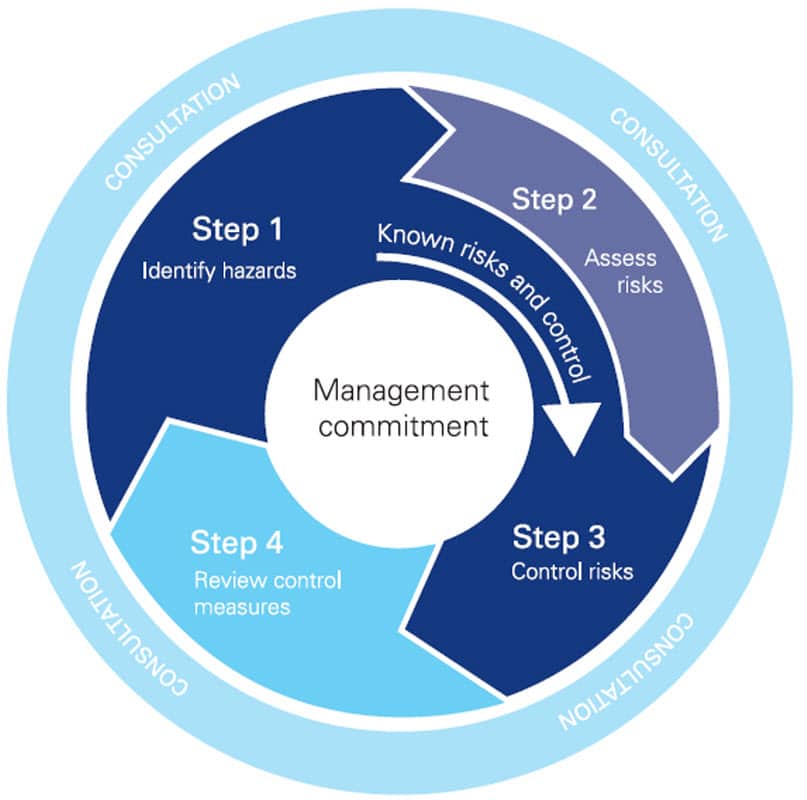
:max_bytes(150000):strip_icc()/methods-handling-risk-quick-guide.asp_final-c386ed66ca654c3f8d6d14db0818183b.jpg)
